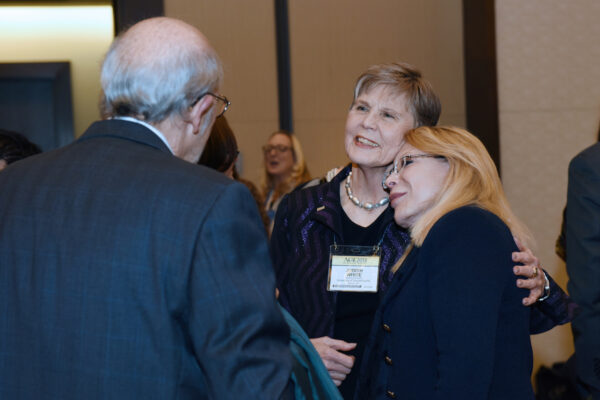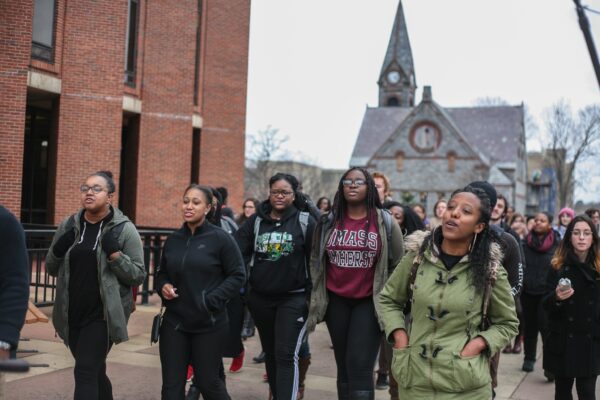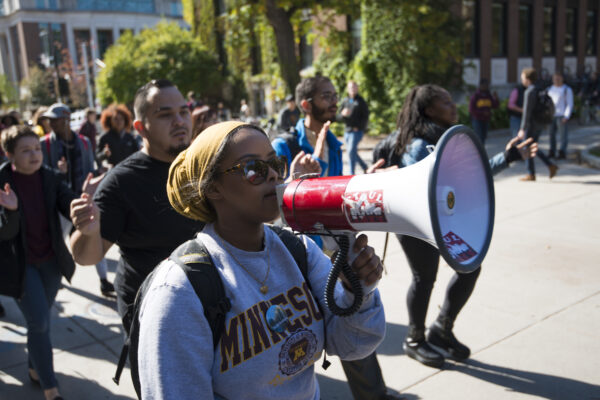ACE2018: What Keeps College and University Presidents Up At Night?
By Jon Riskind
The packed room at the concurrent session Monday morning devoted to exploring Inside Higher Ed’s 2018 survey of college and university presidents, conducted by Gallup and published Friday in conjunction with ACE2018, testified to the power of the topic: What Keeps Presidents Up at Night.
Inside Higher Ed editor Doug Lederman moderated the conversation between DePauw University (IN) President Mark McCoy, Mildred Garcia, president of the American Association of State Colleges and Universities and former president of California State University, Fullerton, and Joyce Ester, president of Normandale Community College (MN).
Among the survey findings was that presidents and chancellors are confident about their institutions’ important role and their future. For instance, a solid majority of presidents express confidence that their institution will be financially stable over a decade, roughly similar to results from last year’s survey.
But as Lederman noted in introducing the session, the findings also indicate that college presidents are well aware of evidence that public confidence in the value of higher education has declined in recent years.
Garcia noted that she hears over and over again from members of the public that they want their children and other family members to go to college, they want it to be affordable, they want it to be of high quality, and they want graduates to secure a good job. And the institutions she works with, Garcia noted, are powerful economic engines fueling social mobility.
But many people don’t really understand the diverse landscape that is American public higher education, “and we’re not doing a good job educating the public about who we are and what we do,” Garcia said. At the same time, higher education needs to improve its performance in areas such as completion rates for low-income students, she added.
McCoy espoused similar sentiments from the private college perspective. He said that that many in higher education do feel as if colleges and universities are under siege, with the cause a “wide gap between perception and reality.”
The solution at least in part is to ask people exactly what their concerns are and address them in concrete fashion, McCoy said. For instance, lawmakers in his state of Indiana think that most of the money DePauw receives is from federal financial aid dollars that go to students; the reality is that for every $1 dollar in federal financial aid that goes to his university, DePauw relies on $25 from other sources.
Ester agreed that providing the facts in a clear manner can pay dividends with the students and their families and the general public in terms of their perception about the value of higher education.
For instance, when state higher education funding was cut, university students in the Minnesota system voted for a tuition increase because the campuses did a good job explaining the reason the increase was needed. “That shows we need to do a better job explaining what we are doing and why,” she said.
If you have any questions or comments about this blog post, please contact us.


